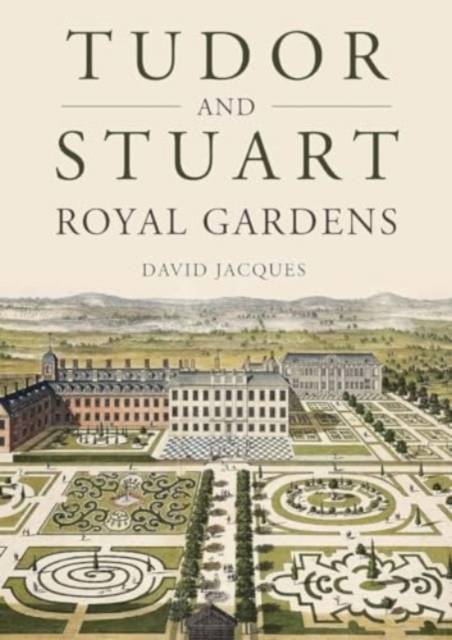
- Retrait gratuit dans votre magasin Club
- 7.000.000 titres dans notre catalogue
- Payer en toute sécurité
- Toujours un magasin près de chez vous
- Retrait gratuit dans votre magasin Club
- 7.000.0000 titres dans notre catalogue
- Payer en toute sécurité
- Toujours un magasin près de chez vous
Description
Explore the Royal Gardens of the Tudors and Stuarts, and how these unique landscapes played key roles in international diplomacy. This will be of particular interest to those studying garden design, post-medieval archaeology, social and political history, as well as royal court studies.
Monarchs, no less than their subjects, want to impress their guests. This book is about gardens as one aspect of creating favourable impressions - soft power - in particular through the royal gardens of England in Tudor and Stuart times. It addresses the backdrop of palaces, parks and gardens that were unspoken statements of authority and cultural achievement that gave status and credibility to the country's representatives.
Garden history from this perspective has been neglected hitherto; neither have the Royal Gardens been assessed as a collection in which monarchs favoured chosen sites for indulging their stylistic passions. Research on their forms and designs have in the past been accumulated piecemeal, without any sense of overview.
This book contains a new analysis enabled by gathering information from numerous archaeological investigations, historic texts and the available visual material, together with extensive original research in the National Archives and elsewhere. Reconstruction drawings flesh out the narrative in the early years when maps, drawings and prints were so very scarce and are reproduced alongside the available material and the more abundant prints and paintings as the Stuart era draws to a close.
Radical new understandings of the medieval garden in England serve as the starting point for a fresh narrative of the history of internationally significant English gardens in the sixteenth and seventeenth centuries. It will be of interest to architectural, garden design, social and political historians of the period and to a wide readership of those fascinated by how statecraft, foreign influences, and native innovation interwove for two centuries in our Royal Gardens and Parks.
Monarchs, no less than their subjects, want to impress their guests. This book is about gardens as one aspect of creating favourable impressions - soft power - in particular through the royal gardens of England in Tudor and Stuart times. It addresses the backdrop of palaces, parks and gardens that were unspoken statements of authority and cultural achievement that gave status and credibility to the country's representatives.
Garden history from this perspective has been neglected hitherto; neither have the Royal Gardens been assessed as a collection in which monarchs favoured chosen sites for indulging their stylistic passions. Research on their forms and designs have in the past been accumulated piecemeal, without any sense of overview.
This book contains a new analysis enabled by gathering information from numerous archaeological investigations, historic texts and the available visual material, together with extensive original research in the National Archives and elsewhere. Reconstruction drawings flesh out the narrative in the early years when maps, drawings and prints were so very scarce and are reproduced alongside the available material and the more abundant prints and paintings as the Stuart era draws to a close.
Radical new understandings of the medieval garden in England serve as the starting point for a fresh narrative of the history of internationally significant English gardens in the sixteenth and seventeenth centuries. It will be of interest to architectural, garden design, social and political historians of the period and to a wide readership of those fascinated by how statecraft, foreign influences, and native innovation interwove for two centuries in our Royal Gardens and Parks.
Spécifications
Parties prenantes
- Auteur(s) :
- Editeur:
Contenu
- Nombre de pages :
- 288
- Langue:
- Anglais
Caractéristiques
- EAN:
- 9781914427350
- Date de parution :
- 15-06-24
- Format:
- Livre broché
- Format numérique:
- Trade paperback (VS)
- Dimensions :
- 183 mm x 244 mm
- Poids :
- 861 g

Les avis
Nous publions uniquement les avis qui respectent les conditions requises. Consultez nos conditions pour les avis.






